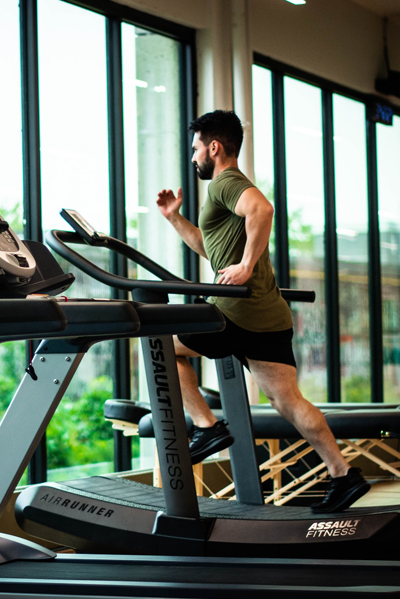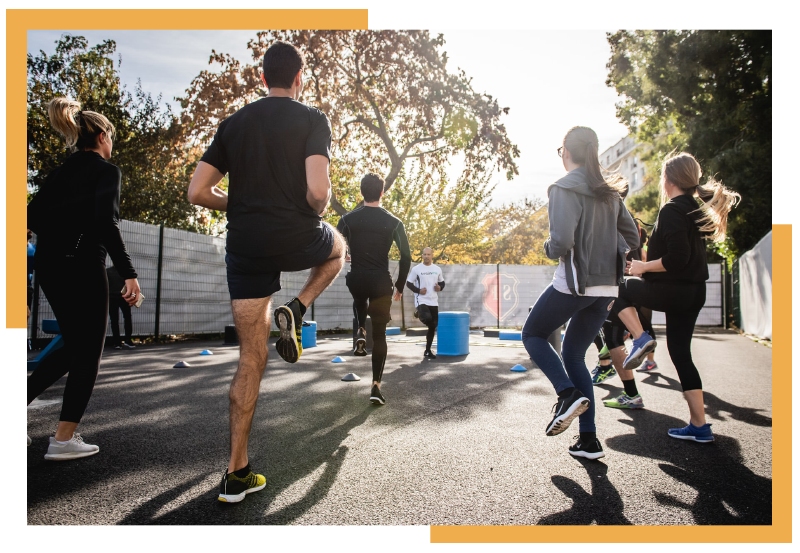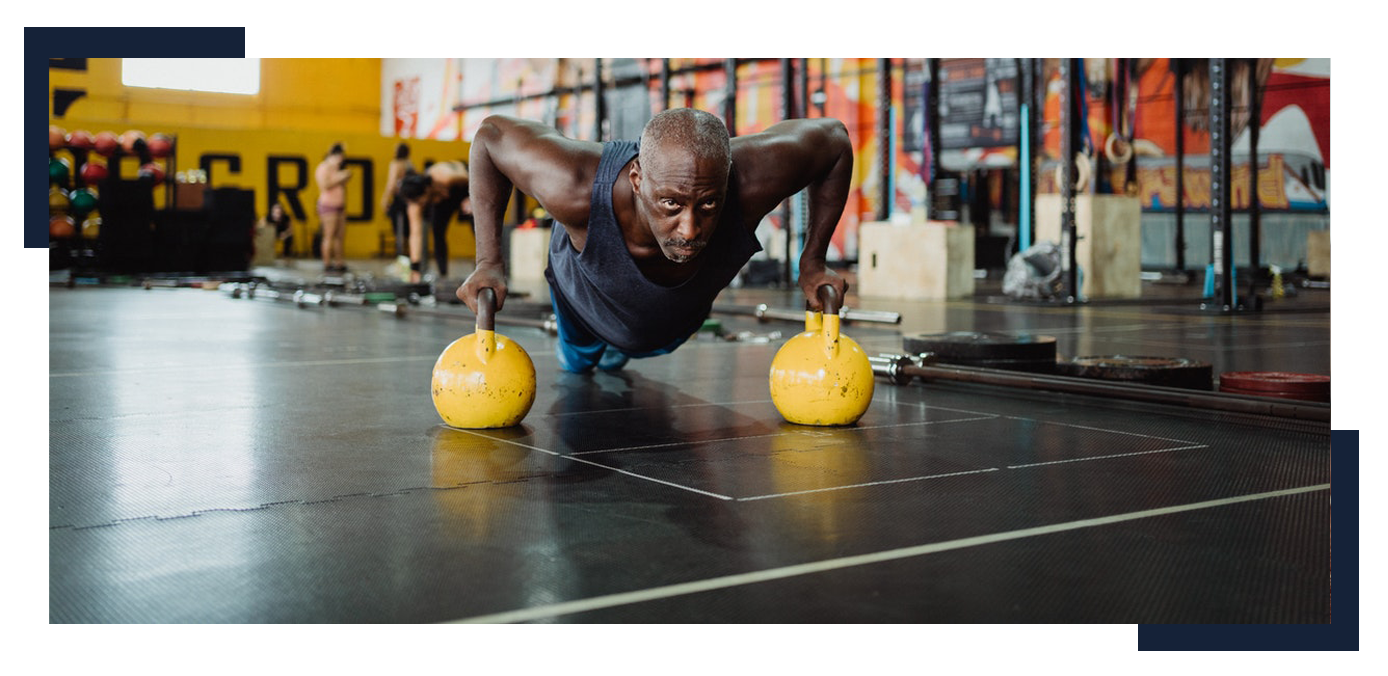Blood Flow Restriction (BFR) Training

BFR Overview

What is Blood Flow Restriction Training?
Benefits of Blood Flow Restriction Intervention
- Increased muscular strength
- Muscle atrophy prevention
- New and healthier blood vessels formation
- Improved muscular cross-sectional area
- Reduced cardiovascular disease risk
- Increase in bone mineral density
- Increased endurance
How Blood Flow Restriction Affects Muscle Strength
- Low-intensity BRF training leads to greater muscle circumference when compared to a normal workout session.
- Short duration, low-intensity BFR training: When you engage in these exercises for 4-6 weeks, you experience a 10-20% muscle strength increase.
- It also causes an increase in muscle cells or cell swelling. BFR also leads to the engagement of fast-twitch muscle fibers. Once the physician removes the cuff, it leads to an excess of blood flow in the vessels or hyperemia, leading to further muscle swelling.
Schedule an appointment today
Who Needs Blood Flow Restriction Training?
Post-surgery patients
Injured Athletes
Other Conditions
Blood Flow Restriction Training Contraindications
BFR Equipment and Requirement
BFR Cuff
BFR Cuff Width
BFR Cuff Material
BFR Pressure
There are different blood flow restriction training cuffs pressure. At OneRehab, our physical therapists use specific pressure for each patient. Different pressures limit the amount of blood flow differently in each patient under shared conditions. A physician can use plethysmography or Doppler ultrasound to determine the ideal pressure. The width of the cuff also affects the pressure.
Ideally, we make sure that patients are exercising under optimal pressure. We ensure that it is safe for them to exercise without resulting in tissue damage. It also ensures the pressure is highly effective and not too low.
Faster Rehabilitation Gains

OneRehab
1761 International Pkwy Suite 135, Richardson, TX 75081, United States
Email Us
info@onerehab.com
Call Us
972 845 7875
Working Hours
M - F 7:00 AM – 7:00 PM
Sat 8:00 AM – 2:00 PM



